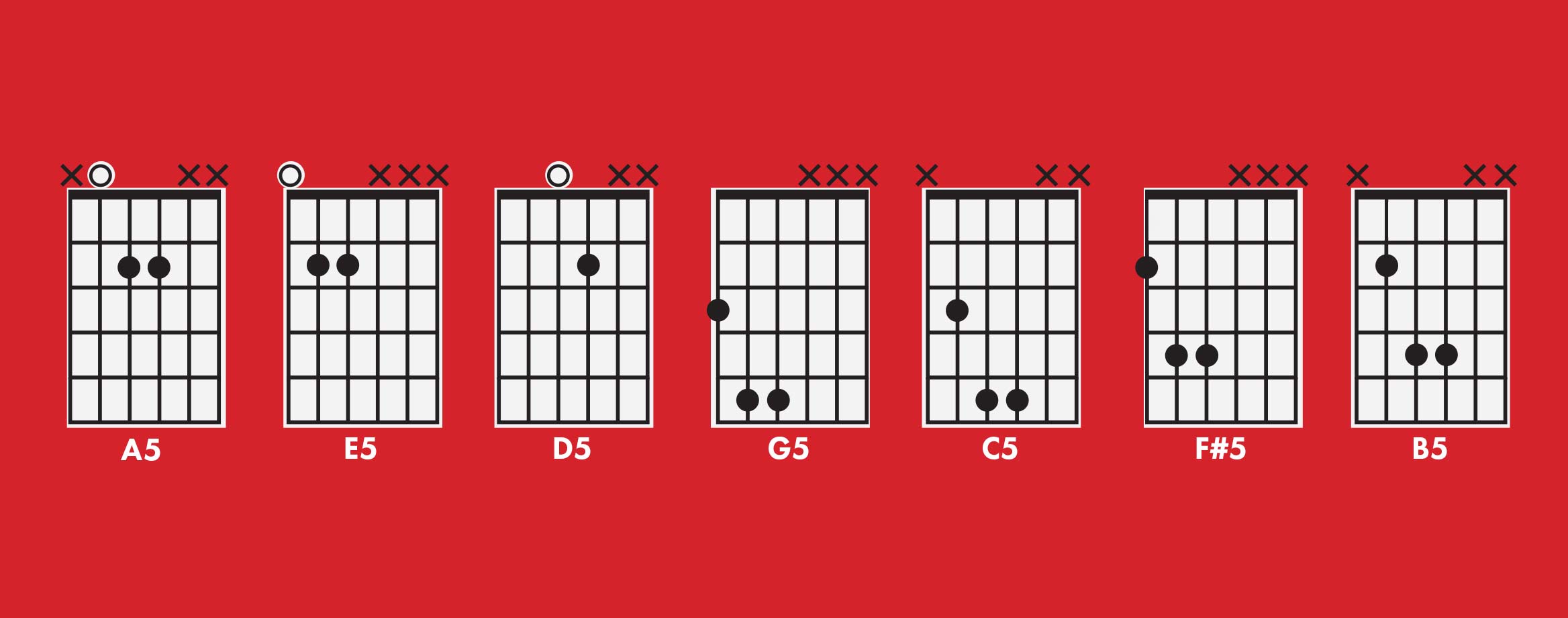Originally posted by solspirit
View Post
Announcement
Collapse
No announcement yet.
Is there a "chug" book?
Collapse
X
-
In addition to how much pick is actually hitting the string. Too much pick exposure and you get locked up and its over. Pick thickness and how much pick you are using is crucial. I see players using too much pick so they go with a thinner pick not to get hung up and they lose the crispness and aggression. The attack is lost. Pick angle on a proper thickness pick without to much pick hitting the string makes a big difference. How you mute, pick, dig into the string has a radical effect overall and shifting those things a bit can make for interesting rhythmic variances to spice a riff up.
- Likes 2
-
I think pick angle, finger & wrist technique is very important.Originally posted by JB_From_Hell View Post
There are other extended versions of what I described above, but start with the root-fifth shape. If you want, give me a call sometime if you need more description of the more subtle stuff like pick angle.
- Likes 2
Leave a comment:
-
There are other extended versions of what I described above, but start with the root-fifth shape. If you want, give me a call sometime if you need more description of the more subtle stuff like pick angle.Originally posted by ArtieToo View Post
Yeah. I'm watching YouTube vids of guys doing metal. It almost looks like they're only hitting the bottom two strings. I'm sure there's more to it than that.
- Likes 1
Leave a comment:
-
On the Gallop type (chug) type thing you are only hitting the low string(s) but the chords hit along with the trem picking, open string rings and scrapes, behind the nut bends can take things all over the place. In a "riff" itself there can be all kinds of techniques and things going on with all strings within that part. Other parts can simply be right hand mute requiring no left hand involvement at all technically. Another interesting aspect is using your fret hand fingers to mute some strings and allow others to ring or muting the string above what you are fretting with the fingertip(s) of the chord/notes being played.Originally posted by ArtieToo View Post
Yeah. I'm watching YouTube vids of guys doing metal. It almost looks like they're only hitting the bottom two strings. I'm sure there's more to it than that.
It requires skill, anyone thinking all of this stuff is easy is fooling themselves.
- Likes 1
Leave a comment:
-
In standard tuning, play an open low E, and a B (2nd fret on the A string). That’s a root-fifth. 3rd fret low E, 5th fret A, etc... that’s a standard power chord shape.Originally posted by ArtieToo View Post
You are talking SO over my head. I'm a tech. Not a musician. But I want to chug.
You can also add the D string, same fret as the A. That’ll be the octave of the note on the E string.
The big advantage of drop D tuning (tuning your low E down to D, leaving the rest in standard), is it lets you make that chord shape with one finger. Those shapes I described above would be played with one finger barring the second fret on the bottom three strings, etc...
Start there, and then we can get into more cool easy chord shapes that sound good for what you’re trying to do.
- Likes 1
Leave a comment:
-
Nice link. Thanks man. I will be chugging soon.Originally posted by solspirit View Post
What JB posted is pretty much my recipe, granted I'm no Olaf. . .
https://www.fender.com/articles/play...-a-power-chord
- Likes 1
Leave a comment:
-
Originally posted by ArtieToo View Post
You are talking SO over my head. I'm a tech. Not a musician. But I want to chug.
What JB posted is pretty much my recipe, granted I'm no Olaf. . .
Leave a comment:
-
Yeah. I'm watching YouTube vids of guys doing metal. It almost looks like they're only hitting the bottom two strings. I'm sure there's more to it than that.Originally posted by Bogner View PostThe chords are the same as any other chords used for any other music. The key/trick is what the picking hand is doing with open strings and PM's between the chords. There can be a lot of technique changes quickly happening between parts that have to be crisp and articulate.
Leave a comment:
-
Are you angry? Can you get angry? It’s step one. If not I nominate you allow us to all insult you viciously until you work up the suitable aggression to have a good reason to chug in the first place.
- Likes 5
Leave a comment:
-
The chords are the same as any other chords used for any other music. The key/trick is what the picking hand is doing with open strings and PM's between the chords. There can be a lot of technique changes quickly happening between parts that have to be crisp and articulate.
- Likes 1
Leave a comment:
-
Cool. I think I understand the right-hand stuff. I'm trying to understand the left-hand stuff. What chords are Ola doing?Originally posted by JB_From_Hell View PostAlso, you can alternate pick for really fast stuff, but try to use all down picking as much as possible.
Is doing?
- Likes 1
Leave a comment:
-
Also, you can alternate pick for really fast stuff, but try to use all down picking as much as possible.
- Likes 1
Leave a comment:



Leave a comment: